What are GRI Disorders?
GRIA, GRID, GRIK and GRIN
GRI Disorders are part of a larger family of genetic diseases related to ionotropic glutamate receptors. These receptors play an important role in learning and memory as well as other critical biological functions.
CureGRIN and its network of researchers are working with closely with families affected by these disorders to identify insights that could benefit all.

These Disorders Include:
GRIA Disorder arises from a disease-causing variant in one of several GRIA genes (GRIA1, GRIA2, GRIA3, GRIA4) that encode the AMPA receptor. Click here to Learn more about GRIA!
GRID Disorder arises from a disease-causing variant in one of two GRID genes (GRID1, GRID2) that encode the delta receptor. Click here to learn more about GRID!
GRIK Disorder arises from a disease-causing variant in one of several GRIK genes (GRIK1, GRIK2, GRIK3, GRIK4, GRIK5) that encode the kainate receptor. Click here to learn more about GRIK!
GRIN Disorder arises from a disease-causing variant in one of several GRIN genes (GRIN1, GRIN2A, GRIN2B, GRIN2C, GRIN2D, GRIN3A, GRIN3B) that code the NMDA receptor. Click here to learn more about GRIN!
Individuals living with these disorders share similar symptoms.
Diagnosing GRIA, GRID, GRIK & GRIN
Parents of children with GRI Disorders typically notice that something is wrong when infants begin missing milestones. GRI Disorders are usually diagnosed by genetic tests such as panel tests, whole exome sequencing (WES), or whole genome sequencing (WGS). As genetic tests become more affordable, it is increasingly common for children to be diagnosed before the age of two. However, without a genetic diagnosis, some individuals are incorrectly diagnosed with cerebral palsy, autism, or other genetic neurodevelopmental disorders such as Angelman Syndrome.
GRI Genetics
The standard GRI genes are made up of hundreds of letters of genetic code. Sometimes the letters can appear in the wrong order, get swapped for different ones, or be missed out altogether. Any of these occurrences can cause the gene to not work properly. We have found that the most common variants in GRI genes are ‘missense’ variants, where one letter of DNA gets swapped for a different one.
Scientists are still working to understand the impact these variants can have. The most important difference seems to be that some variants result in the receptor becoming too active (known as ‘Gain of Function’ or GoF variants) while others result in it becoming too inactive (known as ‘Loss of Function’ or LoF variants). Understanding which type of variant is affecting a patient makes it possible to identify appropriate treatment options, including different types of drugs that may help.
Why (or how) does this happen?
Most GRI Disorder patients have a ‘de novo’ gene variant, meaning that this change in their genes happened by chance, around the time of conception. Their condition has not been inherited from either parent; there is nothing that parents could have done differently, and the chances of having another child in the same family with the same mutation are extremely rare.
A small minority of GRI Disorder patients are thought to have inherited their variant from their parents. It is possible that where the disorder has been inherited, other siblings may also carry the variant without being affected but could in theory pass this on to their own children.
What do I do now?
The CureGRIN Foundation provides support to individuals with GRI Disorders and their families through education and information. Another great way to learn about GRI Disorders is to connect with and learn from other parents on GRIConnect and the following Facebook communities.
Our Latest Campaign
Join us in Orlando, FL for GRICON25

Most common symptoms of GRIN Disorder
developmental delay
intellectual disability
epilepsy (seizures)
hypotonia (low muscle tone)
constipation (GI Issues)
limited or non-verbal communication
- Paroxysmal sympathetic hyperactivity (Neurostorms)
cortical visual impairment (CVI)
dystonia
sleep disorders
feeding difficulties
limited mobility
autism
